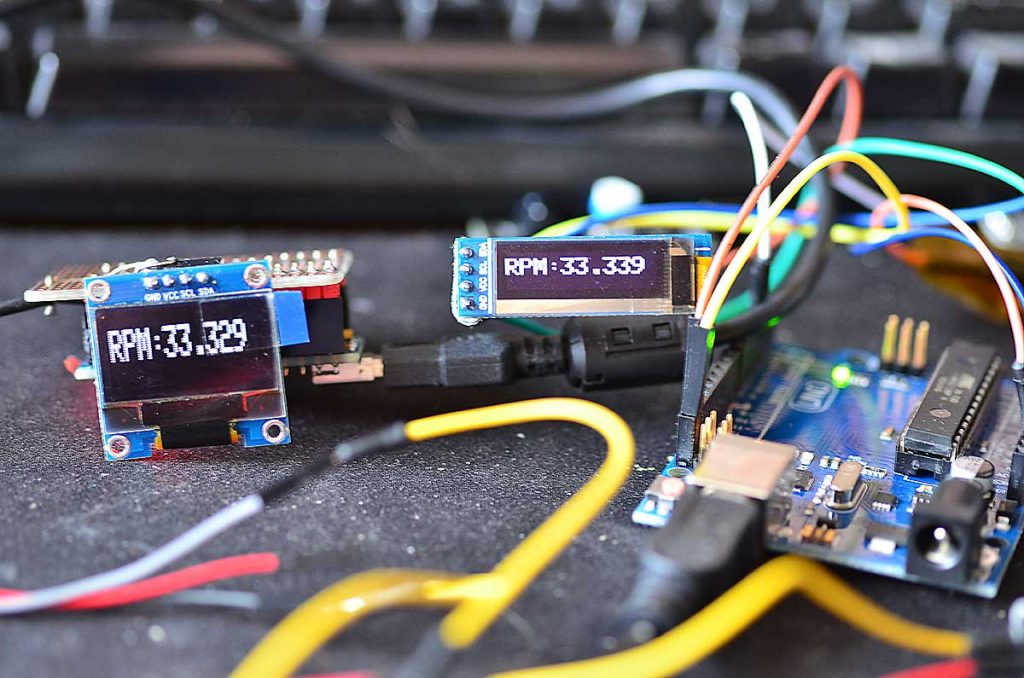
How to Fix Broken Tachometer: Complete Repair Guide
Share
A functional tachometer is an essential tool for any automotive or machinery enthusiast. It provides real-time information regarding the engine speed (RPM), allowing users to operate their machinery efficiently. However, like any mechanical part, tachometers can experience issues, leading to inaccuracies in readings. In this in-depth guide, we explore how to fix broken tachometer, from identifying common problems to implementing practical solutions.
Knowing how to fix a broken tachometer is invaluable for mechanics and tech professionals, enabling them to troubleshoot issues and ensure accurate engine performance measurement. This article details both electric and mechanical tachometers, providing a roadmap for diagnosing and repairing various kinds of malfunctions.

Understanding Tachometers
Tachometers serve a critical role in vehicles and equipment, translating engine speed into understandable metrics for the operator. According to resources like AZO Sensors, tachometers can be categorized into analog and digital types, each with unique benefits and complications regarding repair.
Common Issues with Tachometers
Before embarking on repairs, it's essential to identify the problem. Here are several common issues associated with tachometers:
- Inconsistent Readings: Fluctuations in RPM readings may indicate a faulty signal source.
- Complete Failure: The tachometer may stop working altogether due to broken wiring or an internal fault.
- Erroneous Display: Tachometers may provide incorrect readings despite the engine operating normally.
Step-by-Step Guide to Fix a Broken Tachometer
Step 1: Diagnose the Problem
Start by understanding the symptoms your tachometer is exhibiting. Use resources like how to test tachometer signal to determine if the problem lies within the tachometer itself or another component.
Step 2: Check the Wiring and Connections
Examine the wiring harness connected to the tachometer. A loose connection or frayed wire can lead to faulty readings. Secure connections and replace damaged wires as needed. Also, refer to bench test your tachometer to ensure performance.
Step 3: Inspect the Tachometer Itself
After checking the wiring, look at the tachometer unit. Open the casing carefully and inspect for any signs of damage, corrosion, or burns. Clean connections if necessary and ensure that the internal mechanisms are functioning smoothly.
Step 4: Test with Tools
Using a multimeter, test the tachometer's input and output signals. This practical step can help identify where the fault lies, whether it's the tachometer or the vehicle's electrical systems. If you're unsure how to do this, check out this battery charger method for a simple testing approach.
Step 5: Replace Faulty Components
If your tests reveal any defective parts, replacing them is the next logical step. Ensure that the replacements are compatible with your specific tachometer model. Dont forget to check online sources for parts availability, such as Britannica.
Preventative Maintenance Tactics
Regular maintenance can help mitigate issues before they arise. Follow these tips:
- Conduct periodic checks on connections and cables.
- Keep the tachometer clean and free of corrosion.
- Consult manufacturer's guidelines for calibration schedules.
Why Understanding the Tachometer is Important
Understanding different types of tachometers and their functions is vital for effective repairs. Resources such as When is the Tachometer Used can offer insight into its operational context and the importance of reliable readings.
Conclusion: Tackling Tachometer Troubles
So, implementing these steps on how to fix broken tachometers can lead to improved performance and reliability in your machinery. Engaging with the mechanics behind these instruments enhances skillsets for tech professionals and can lead to better decision-making in fields reliant on precise measurements.

FAQ
1. What causes a tachometer to fail?
Tachometers can fail due to a variety of reasons, including electrical malfunctions, physical damage, or internal component wear and tear.
2. How can I tell if my tachometer is accurate?
Use a multimeter to test the signals being sent and received by your tachometer, or compare readings with a known accurate instrument.
3. Is it necessary to calibrate my tachometer?
Regular calibration ensures that your tachometer provides accurate readings, especially after repairs or component replacements, making it an important step in maintaining your machinery.
